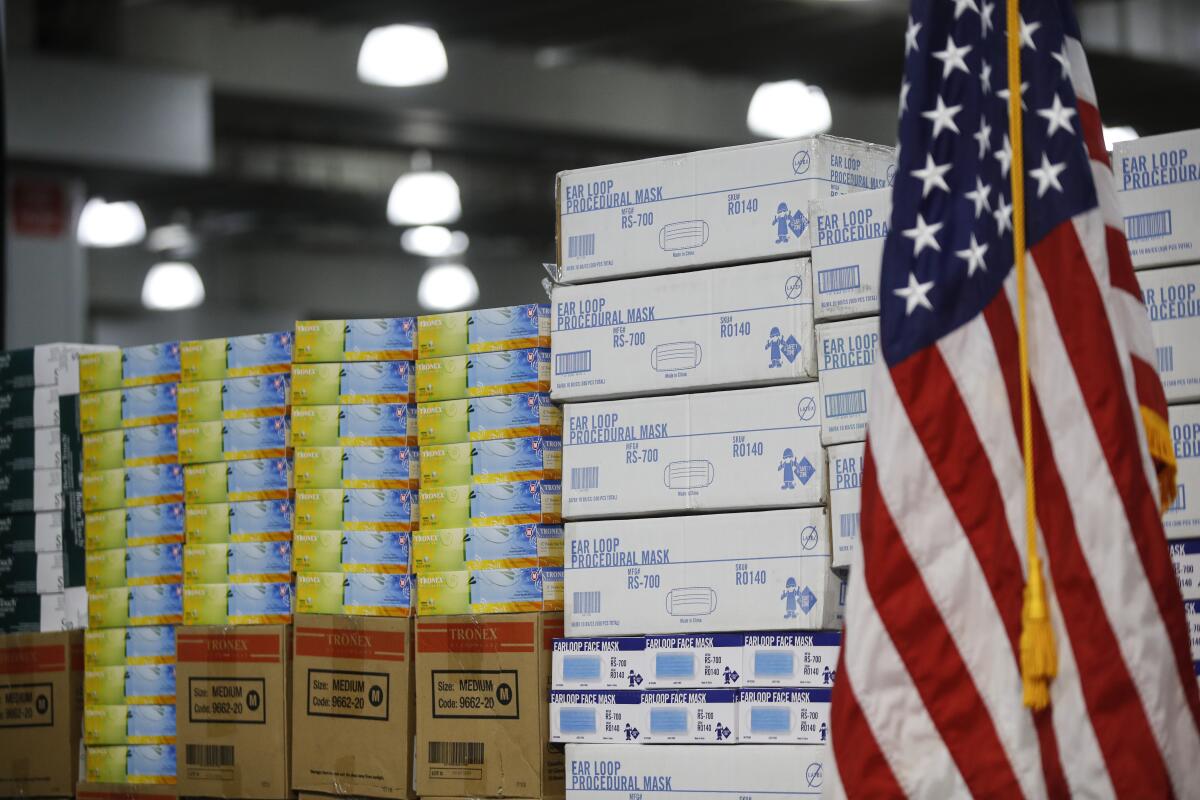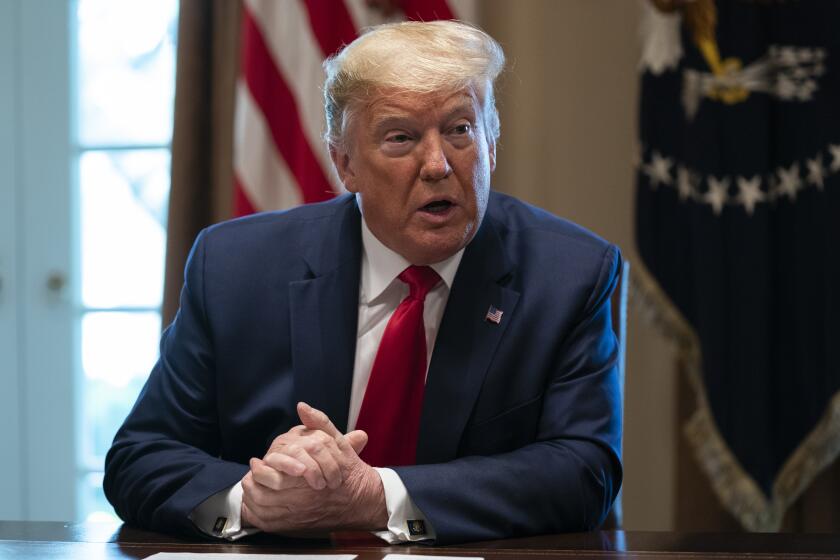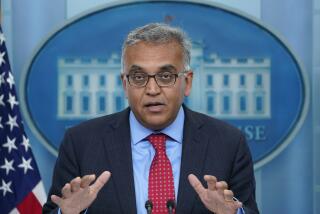U.S. ‘wasted’ months before preparing for virus pandemic

WASHINGTON — As the first alarms sounded in early January that an outbreak of a novel coronavirus in China might ignite a global pandemic, the Trump administration squandered nearly two months that could have been used to bolster the federal stockpile of critically needed medical supplies and equipment.
A review of federal purchasing contracts by the Associated Press shows that federal agencies largely waited until mid-March to begin placing bulk orders of N95 respirator masks, mechanical ventilators and other equipment needed by front-line healthcare workers.
By that time, hospitals in several states were treating thousands of infected patients without adequate equipment and were pleading for shipments from the Strategic National Stockpile. That federal cache of supplies was created more than 20 years ago to help bridge gaps in the medical and pharmaceutical supply chains during a national emergency.
Now, three months into the crisis, that stockpile is nearly drained, just as the numbers of patients needing critical care is surging. Some state and local officials report receiving broken ventilators and decade-old rotted masks.
“We basically wasted two months,” Kathleen Sebelius, who served as secretary of the Department of Health and Human Services during the Obama administration, told AP.
HHS did not respond to questions about why federal officials waited to order medical supplies until stocks were running critically low. But President Trump and his appointees have urged state and local governments, and hospitals, to buy their own masks and breathing machines.
“The notion of the federal stockpile was it’s supposed to be our stockpile,” Jared Kushner, the president’s son-in-law and adviser, said April 2 at a White House briefing. “It’s not supposed to be state stockpiles that they then use.”
The latest updates from our reporters in California and around the world
Because of the fractured federal response to COVID-19, governors say they’re now bidding against federal agencies and each other for scarce supplies, driving up prices.
“You now literally will have a company call you up and say, ‘Well, California just outbid you,’” New York Gov. Andrew Cuomo said March 31. “It’s like being on eBay with 50 other states, bidding on a ventilator.”
For nearly a month, Trump rebuffed calls from Cuomo and others to use his authority under the Defense Production Act to order companies to increase production of ventilators and personal protective equipment.
Trump finally relented last week, saying he will order companies to ramp up production of critical supplies. By then, the U.S. had the world’s highest number of confirmed cases of COVID-19.
Trump spent January and February playing down the threat from the new virus. As the World Health Organization on Jan. 30 declared the outbreak a global public health emergency, Trump assured the American people that the virus was “very well under control.”
As the coronavirus destroys the economy, Trump struggles to find a new reelection message.
On Feb. 24, the White House sent Congress an initial $2.5 billion funding request to address the coronavirus outbreak. The next day, federal health experts at the Centers for Disease Control and Prevention warned that the virus was spreading quickly in the U.S. and predicted that disruptions to daily life could be “severe.”
At the start of the crisis, an HHS spokeswoman said the Strategic National Stockpile had about 13 million N95 respirator masks. That’s just a small fraction of what hospitals need to protect their workers.
Federal contracting records show that HHS placed a $4.8 million order March 12 for N95 masks from 3M, the largest U.S.-based manufacturer, which had ramped up production weeks earlier in response to the pandemic. HHS followed up with a larger, $173 million order on March 21, but those contracts don’t require 3M to start making deliveries to the national stockpile until the end of April.
On April 2, Trump threatened in a tweet to “hit 3M hard” through a Defense Production Act order, saying the company “will have a big price to pay!” He gave no specifics.
HHS declined last week to say how many N95 masks it has on hand. But as of March 31, the White House said more than 11.6 million had been distributed to state and local governments from the national stockpile — about 90% of what was available at the start of the year.
Experts are now worried the U.S. will also soon exhaust its supply of ventilators.
The White House said March 31 that it had already distributed nearly half the breathing machines in the stockpile, which at the beginning of March were 16,660. An additional 2,425 were out for maintenance.
It wasn’t until March 27 that Trump finally said he would use that power to order General Motors to begin manufacturing ventilators — work the company had already announced was underway.
Cuomo predicted on Friday that New York would run out within days. With the death rate surging, the governor vowed to use his authority to seize ventilators, masks and protective gear from private hospitals that aren’t utilizing them.
Meanwhile, federal health authorities are lowering standards.
New guidance from the U.S. Food and Drug Administration allows hospitals to use emergency ventilators typically used in ambulances and anesthesia gas machines in place of standard ventilators.
The CDC advised healthcare workers last month to use homemade masks or bandannas if they run out of proper gear. Across the country, hospitals have issued urgent pleas for volunteers who know how to sew.
Trump suggested that Americans without access to factory-produced masks could cover their faces with scarves.
“A scarf is highly recommended by the professionals,” Trump said April 1. “I think, in a certain way, a scarf is better. It’s actually better.”
More to Read
Sign up for Essential California
The most important California stories and recommendations in your inbox every morning.
You may occasionally receive promotional content from the Los Angeles Times.










